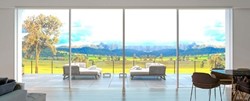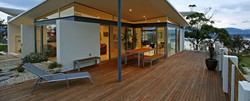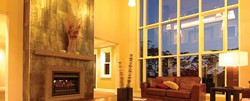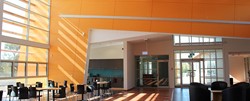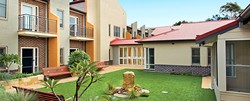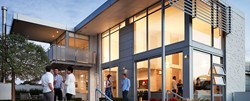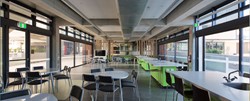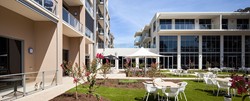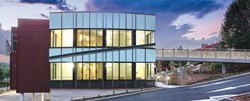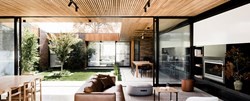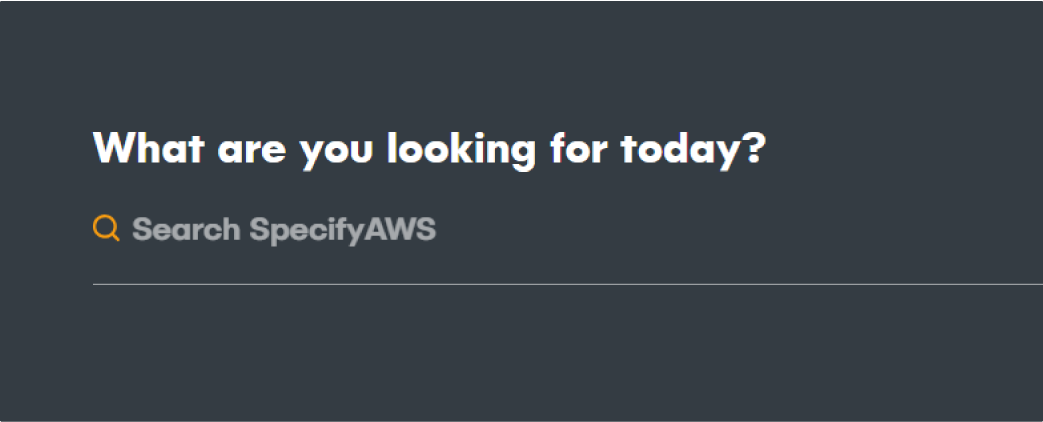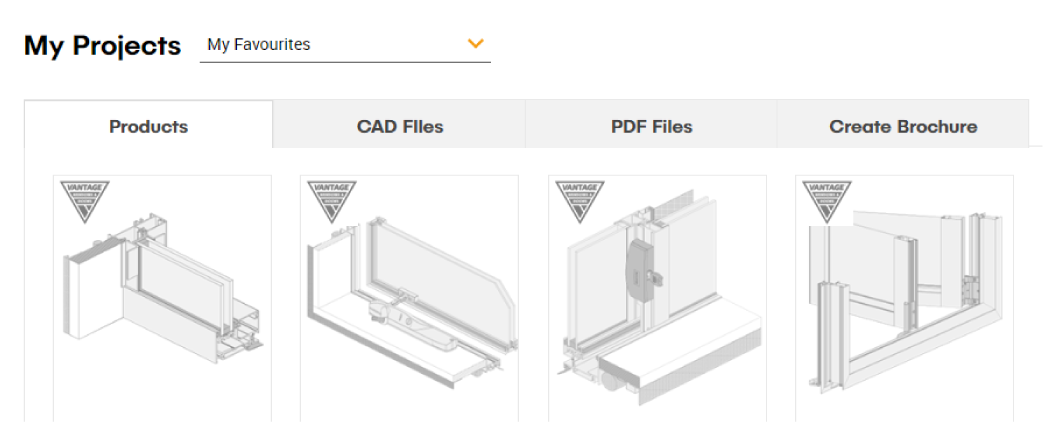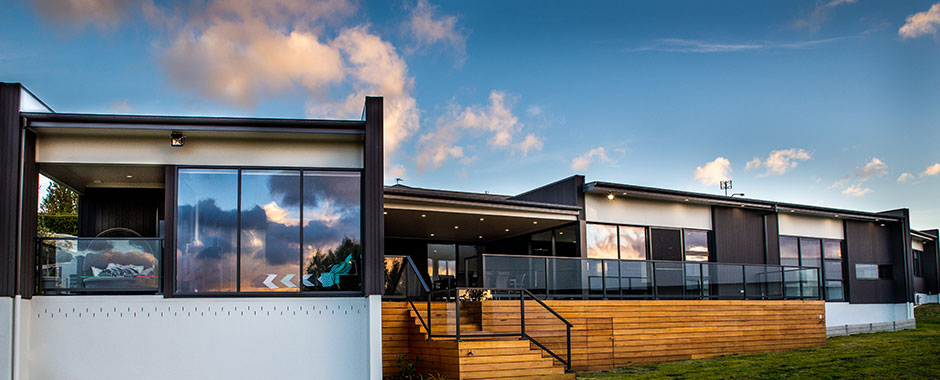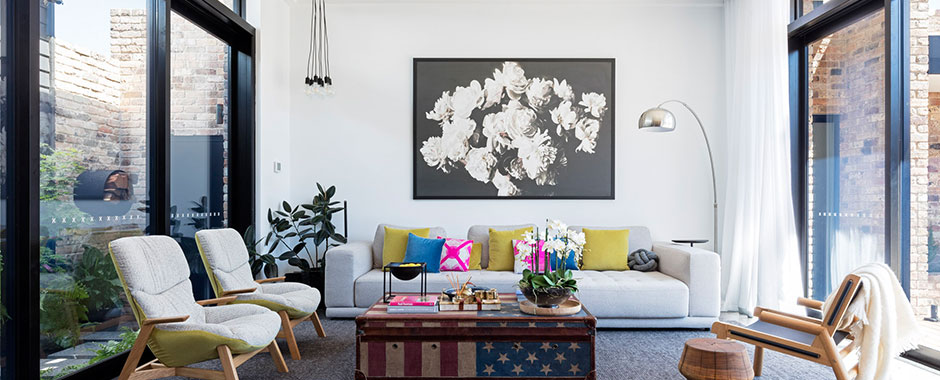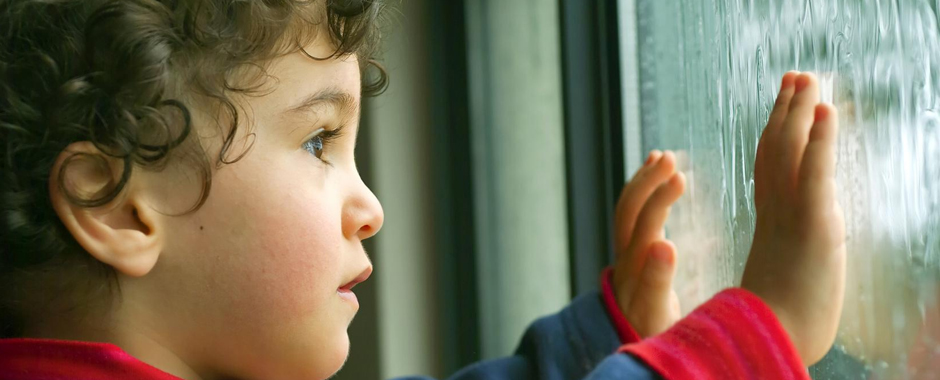There’s no doubt that like the rest of the world, Australian windows and doors have evolved over time.
In this evolution, we find changes and modifications in almost all facets of windows and doors.
From changes in glass, frames, aesthetics and style, functionality; even through to innovative modifications in hardware and complimentary systems, all of which make up vital parts of windows and doors.
Nothing is sacred.
One thing that is sacred though, is the importance of windows and doors in fulfilling their purpose. Think how annoyed you’d be if you bought a door that could never open! The most basic of all value propositions here is that you purchase or specify something because you have a purpose for it. No matter what changes, this fact will always remain the same.
With all the advancements and improvements in the industry, door and window systems have evolved to be able to fulfil the requirements of many purposes. Purposes such as maintaining privacy with argon filled, double-glazed window units, or, creating an inner sanctuary - protected from unwanted, external noise through the use of acoustics-tested windows and doors.
New purposes provide opportunity for new solutions.
Three of the continuing solutions-based trends in the window and door industry in 2017 will undoubtedly be:
1. Accessibility
The number of Australians who are living over the age of 65 is currently the largest it’s ever been. While this is a fantastic statistic that brings hope to many Australians, it also means that many living spaces need to be created or modified with older occupants in mind. Doors and Windows are an important factor here that may significantly impact the inhabitants.
There have already been great innovations in this space, enhancing the safety and accessibility of different spaces. One such example is the AWS FlowTHRU integrated Flush Threshold Drainage system. The FlowTHRU helps drain water runoff from doors – this can help prevent pooling at the sill after a storm. With a flush threshold, the FlowTHRU also minimises trip or fall hazards when commuting between spaces. For more info, check out the AWS FlowTHRU Drain.
2. Thermally Broken Systems
The Building Code of Australia (BCA), requires the thermal performance of windows to be assessed on the combined performance of both frame and glass. It has become increasingly important for windows to be thermally efficient. As building regulations tightens, window and door systems with greatly increased thermal efficiency and insulation properties have surfaced from many different providers.
As the Australian landscape and climate continue to reach both ends of the thermometer (sometimes in the same day!), thermally broken systems have slowly, yet steadily grown in popularity.
Since introducing Australia’s’ first range of thermally broken aluminium window and door systems in 2008, AWS has continued to lead the way in thermal efficiency, design and performance. Constant, world-class research and development has allowed AWS to expand its range of thermally broken windows and doors since 2008. There now exists an even wider offering, spanning various applications, styles and configurations... in fact, these windows can even be made in with dual colour – having the external-facing frame in a separate colour to the internal-facing frame! This industry-leading range is known as the ThermalHEART suite.
If you’d like to see how the ThermHEART suite compares to non-thermally broken framing, you can check out the technical fact sheet on thermally broken systems.
3. Child-Safety
Child safety is always an important issue in any industry.
In 2011 there were a series of accidental falls from windows and balconies and thus, the Australian Building Code was updated in order to safeguard against the preventable and saddening occurrences of child injuries and deaths, due to accidental falls.
Compliance with the updated code meant the establishment of window installation regulations in applications where accidental falls are possible. These regulations are purposed specifically to decrease the risk of small children falling from windows and balconies.
While this update in the BCA has been a step in the right direction, there have still been unfortunate instances as recently as February 2017, with reports of children falling victim to the dangers of falls from windows.
This makes it likely that child-safety will continue to be front-of mind in the window industry in 2017, specifically where heights are involved.
In support of the updated BCA, AWS has undertaken extensive research, and developed a range of BCA compliant Safe4Kids Windows, in order to maintain the safety of our younger generations. These include the involvement of one or more measures:
- Restricted opening chain winders
- Buffer stops
- Security grilles and guards
- Restricted opening latches
If you’d like to learn more about Safe4Kids or its application to the updated BCA, feel free to check out the whitepaper here.
With focus on these 3 trends of accessibility, thermally broken systems, and child safety, it is clear that the window and door industry is continuing to move in the direction of energy efficiency, accessibility and safety.
Do you feel there are other trends that will also rise up in 2017?

